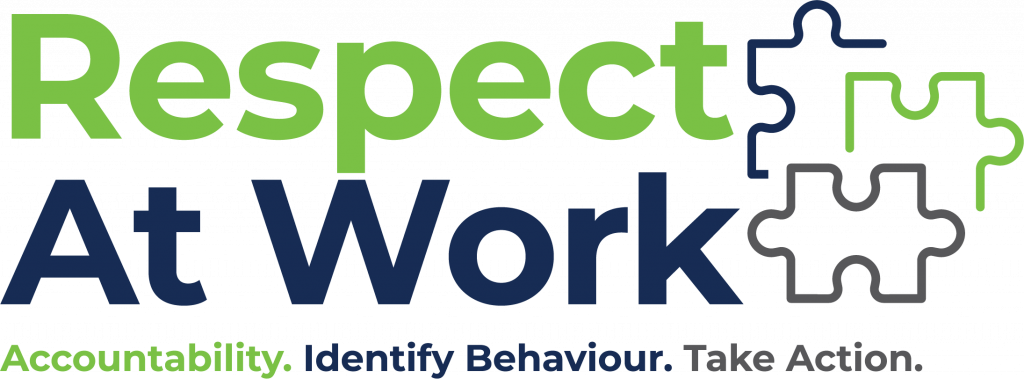Sexual Harassment
Target Audience
Supervisors, Coaches, Managers, Senior Leadership Team, Executive Leadership Team
Context
All Australian workplaces are bound by Federal Legislation (and respective state legislation) with respect to Sex Discrimination. Employers have obligations under the Fair Work Act 2009 (Cth), Work, Health and safety laws, SafeWork Australia national guidelines, state anti-discrimination legislation, Industry Codes of Practice, obligations at common law with respect to the law of Negligence and Breach of Statutory Duty. Work, Health and Safety laws places a positive obligation on employers to prevent sexual harassment. Federal Sex Discrimination law amendments include a sexual harassment provision and relevant ancillary provision changes. At law, workplaces can be held vicariously liable for their workers actions and have a clear duty of care.
Best Practice Training
Developing a Respect At Work benchmark (Sexual Harassment), consistent with the Australian Human Rights Commission sexual harassment prevention framework around leadership, culture and knowledge, requires targeted training for leaders to instil culture change through understanding their legal obligations and recognising behaviours to help prevent sexual harassment. The training is an important part in legislative compliance with the Federal Sex Discrimination amendments (Sexual harassment, Sex based harassment and Bullying) and Work Health and Safety laws for workplaces and common law obligations that informs Best Practice processes.
Leaders need to ensure a safe workplace and system of work for all classes of workers, including persons conducting business activities including, contractors, interns, apprentices and volunteers.
Learning Objectives
Learners will have an understanding around preventative measures and have insight into reactive ways in which to address conduct that amounts to sexual harassment in connection with work.
Learners will be able to understand the Respect At Work employment context, the legislative landscape and the ‘why’ in the prevention of sexual harassment:
- Learners will be able to revisit their understanding around sexual harassment under the Sex Discrimination Act 1984 (Cth) (and state law) and describe types of behaviour caught by the Act
- Learners will be able to identify their Sex Discrimination/Work, Health and Safety legislative and common law duty of care obligations to prevent sexual harassment
- Learners will be able to identify conduct that amounts to sexual harassment that occurs in connection ‘at work’ including online conduct
- Learners will be able to understand and recognise third party actor impacts including Sex Discrimination ancillary liability, victimisation and bystander intervention
- Learners will be able to identify ways in which some businesses or whole industries are responding to conduct that amounts to sexual harassment
Duration
90 mins Online or 3hr Facilitator-led Workshop
(Best Practice is face to face training to facilitate deeper discussion to enhance retention and learning outcomes)
Pre-Requisite
N/A
Digital Badge
Yes
Certificate of Completion
Yes



